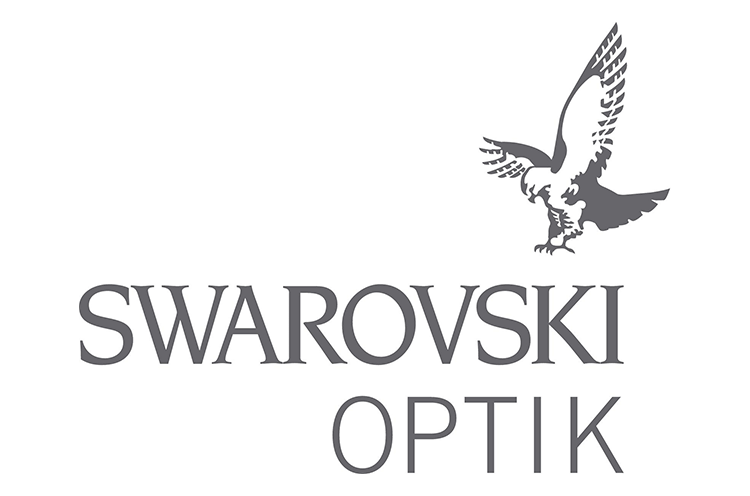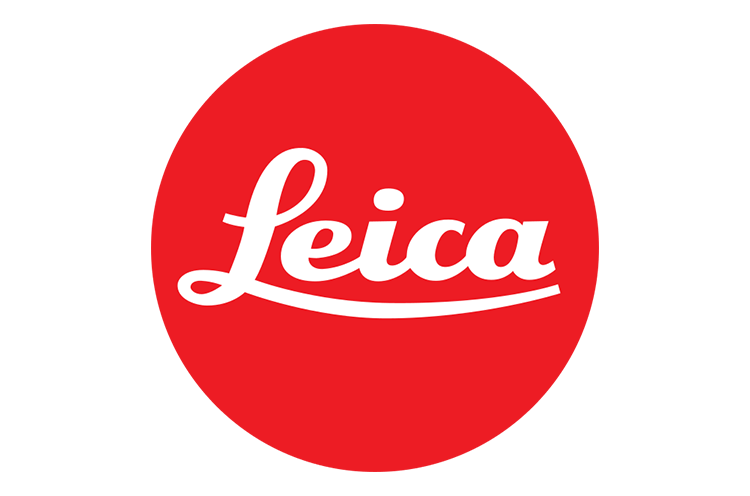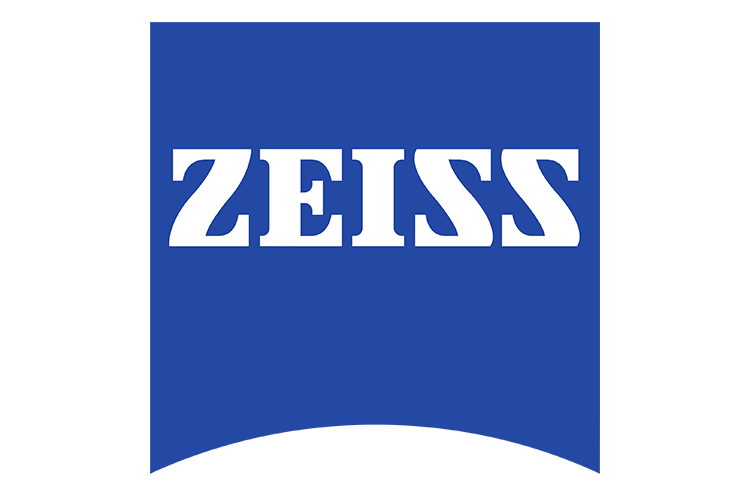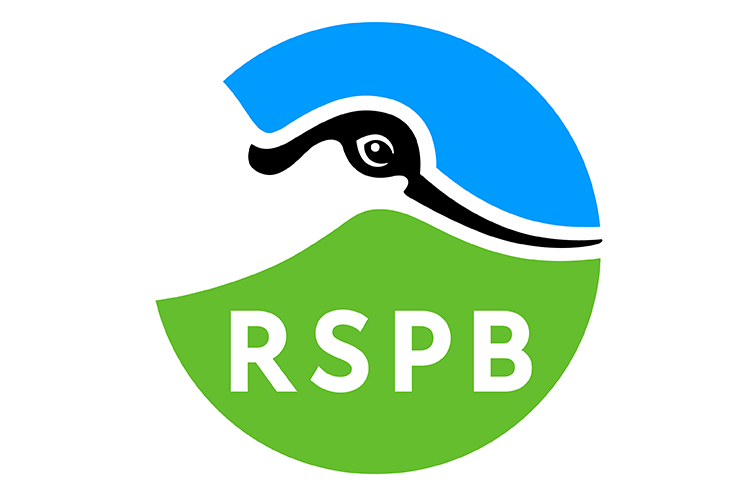How to choose the best binoculars for bird watching
Binoculars are fantastic for bird watching and getting closer to nature. But buying them can feel daunting, with a wide range of prices and confusing technical features.
In this guide we show you what to keep in mind, and what features to look out for based on your needs.
What to keep in mind
Budget
When buying binoculars, it's important to set a realistic budget. It's possible to find a good pair of binoculars from around £50, but prices can go into the thousands, so think carefully about how much you're willing to spend.
RSPB Shop offers quality birdwatching binoculars for a range of budgets so you're bound to find a pair that will suit your needs for years to come.
Performance, and conditions you’ll be using them in
What will you be using your binoculars for, and in what kind of conditions (time of day, any weather etc.)? Tips in the performance section below should help.
Comfort / ease of use
Binoculars must be comfortable to hold and the focus wheel easy to reach and turn, otherwise you'll only use them once. Check you can look through them without straining your eyes - you want to enjoy using them!
 How much should I pay?
How much should I pay?
Binoculars fall into three price bands:
£50 to £150
Starter level
Great introductory models - look for waterproof, fogproof qualities with rubber body armour. Quality can vary, but RSPB offers great value options for regular, long term use. Customer reviews for RSPB budget binoculars speak for themselves; birdwatchers rate them on average 4.5 out of 5.
Browse starter binoculars£150 to £350
Mid-level
A much wider choice where you can find fully multi-coated optics for better brightness and image clarity. Expect a decent warranty. Lightweight models and high-quality compact binoculars with well-known brand names can be found for around £300.
Browse mid-level binoculars£350 and above
Advanced
Cost isn't the most important factor here. Expect premium features such as ED glass, water repellent coatings and more. You can be more fussy about what suits you, for instance the shape of the eyecups or the position of the focus wheel. Ideally test in the field to find what you prefer.
Browse our best binocularsYou may also want to consider:
Binoculars for kids
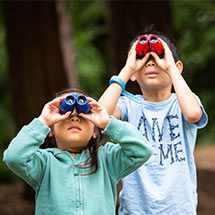
Children love getting up close to nature and using binoculars. Try the budget-friendly RSPB kids binoculars, designed to be easy to hold and use by children aged 7 to 12, available in different colours, and supplied with a one year warranty.
Second-hand binoculars
Second-hand binoculars can be a good buy so long as you keep to trusted brands and are happy to risk lack of warranty. Be sure to check all moving parts for wear, especially the focusing, and make sure there are no scratches on the lenses; look inside from the wrong end to check the prism for chips.
TIP
Don't let aftercare be an afterthought. Look beyond the features advertised: Check for reviews, warranties and what's included. RSPB Shop has a generous returns policy, and high end RSPB binoculars come with a 10 year guarantee.
 What magnification do I need?
What magnification do I need?
Magnification: Frequently asked questions
What magnification is best for birdwatching?
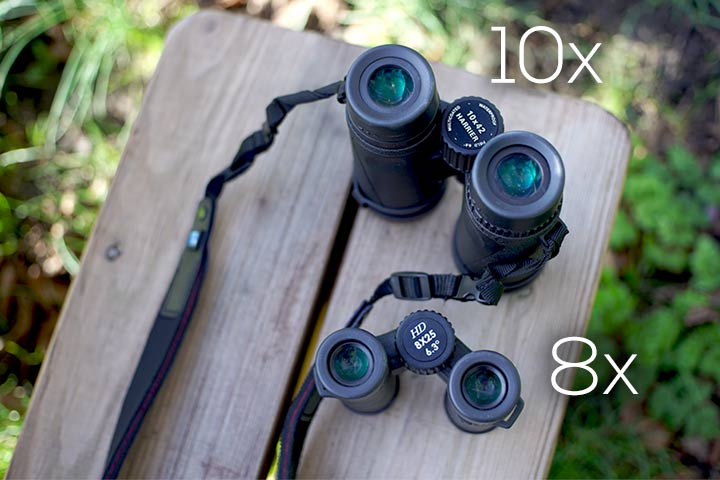
- 8x or 10x magnification is the best compromise between power and practicality in birdwatching binoculars. Any stronger and you'd struggle to get a steady view without a tripod - not practical for wildlife watching!
- If you mostly birdwatch in open country and/or across large stretches of water, you may want the extra magnification of 10x.
- However, if you mostly birdwatch in woodland, at fairly close quarters, and/or like to be out when the light may be poorer (dawn and dusk for example), you would be best to opt for an 8x model.
What does 8x or 10x mean?
If you think of looking at an object with your naked eye as 1x, then an 8x binocular would make the image eight times closer.
Are 10x42 binoculars better than 8x42?
The 10x pair will give you a more 'zoomed in' view so you might see more detail, but they might be harder to hold steady - especially after an hour of use, and the 8x pair might give you a brighter image. Try both in similar conditions to what you plan to use them in. Then you can decide which is better for you!
So what does 10x50 binoculars mean?
The first number refers to Magnification, and the second is the size of the Objective lens diameter (in millimetres). In other words, 10x50 means when you look through the binoculars, your view will be 'zoomed in' 10 times more than your naked eye, and brightened by the wide 50mm objective lens. The larger the objective lens, the brighter the image. This size isn't popular for birdwatching though as a bigger objective lens can mean heavier binoculars, and other factors can be more important for brightness. Check out our binocular jargon-buster guide for more details.
So bigger isn't always better?
The higher the magnification, the more sensitive the binoculars are to movement. So the harder it is to hold the binoculars steady, and the more likely you'll get a shaky view which is no good. Let's take a closer look...(!)
Lower vs higher magnifications
The lower the magnification (e.g. 8x, 10x):
- the brighter the image
- the wider your field of view
- the easier the binoculars are to hold.
The higher the magnification (e.g. 12x):
- the darker the image (not good for low light conditions!)
- the narrower the depth of field, requiring more frequent focusing
- the harder they are to hold steady
 What performance do I need?
What performance do I need?
This depends on your budget and what you need your binoculars for. What's important to you? For example:
 Distance
Distance
If you’re looking to spot birds and wildlife at great distances, magnification and field of view might take priority.
 Garden watch
Garden watch
If you’d like binoculars at home to get a better view of birds in your garden, they don’t need to be waterproof. However, you might need good close focus, and decent low-light performance (for shady spots and darker skies).
 Wear glasses?
Wear glasses?
If you wear glasses, make sure your binoculars have appropriate eye relief, often achieved by removable or twist-down eye cups (as with many RSPB binoculars).
 Travel
Travel
If you travel a lot or go on birdwatching trips with light luggage, size and weight may be extra important factors. (Also important if you’re petite, or looking for a pair you can have on you most of the time.) Compact binoculars might deliver better here.
 Low light conditions
Low light conditions
Do you tend to watch wildlife at dawn and dusk or in generally low light conditions? If so consider larger objective lens sizes (that second number e.g. the '32' in '8x32mm') and look for lens coatings that give better brightness. Best to try before you buy too.
 Close focus
Close focus
If you’re looking to observe detail on insects/small mammals/reptiles/plants and not just birds, close focus distance will also be important.
About binocular body types
Porro-prisms
Porro-prisms have a 'traditional', stepped shape with an angled body.
Roof-prisms
Roof-prisms are recognised by a straight-through appearance. They tend to be more compact than porro-prism binoculars and many people find them more comfortable to use. Their internal focusing helps protect them from the elements.
Compact
Smaller 'compact' binoculars are also available, and useful if size and weight are important factors. Their main disadvantage can be reduced light-gathering power and field of view. They are easy to hold but you may prefer a more solid shape for steady viewing. Our favourite affordable yet high performance compact binoculars are the RSPB HD compacts, though if they stretch your budget you should also consider the newer and rather impressive RSPB Avocet compact binoculars.
All designs make for good binoculars and it can come down to personal preference. Today most high-quality binoculars tend to be roof-prism.
TIP
Note down which performance points are most important to you. This helps you focus your search for the right pair of binoculars for you!
 What do the figures and specifications mean?
What do the figures and specifications mean?
Having thought about the kind of conditions you'll be using your birdwatching binoculars for, and important performance points for you, you may already have an idea of the 'specs' to look out for. When looking at binocular specifications though there are a lot of technical terms. If you'd like to understand them a bit more, we've written a glossary to help you. Check out our guide to binocular terms.
 The best tip: Try some out!
The best tip: Try some out!
One of the best ways to find out if a pair of birdwatching binoculars are right for you is to try some before you buy. Try a few different options so you can compare. Most RSPB Shops have binoculars you can try, with no pressure to buy. There may also be staff on hand who could give you some advice. If you’re interested in a particular brand or model, please phone before visiting to check it’s available.
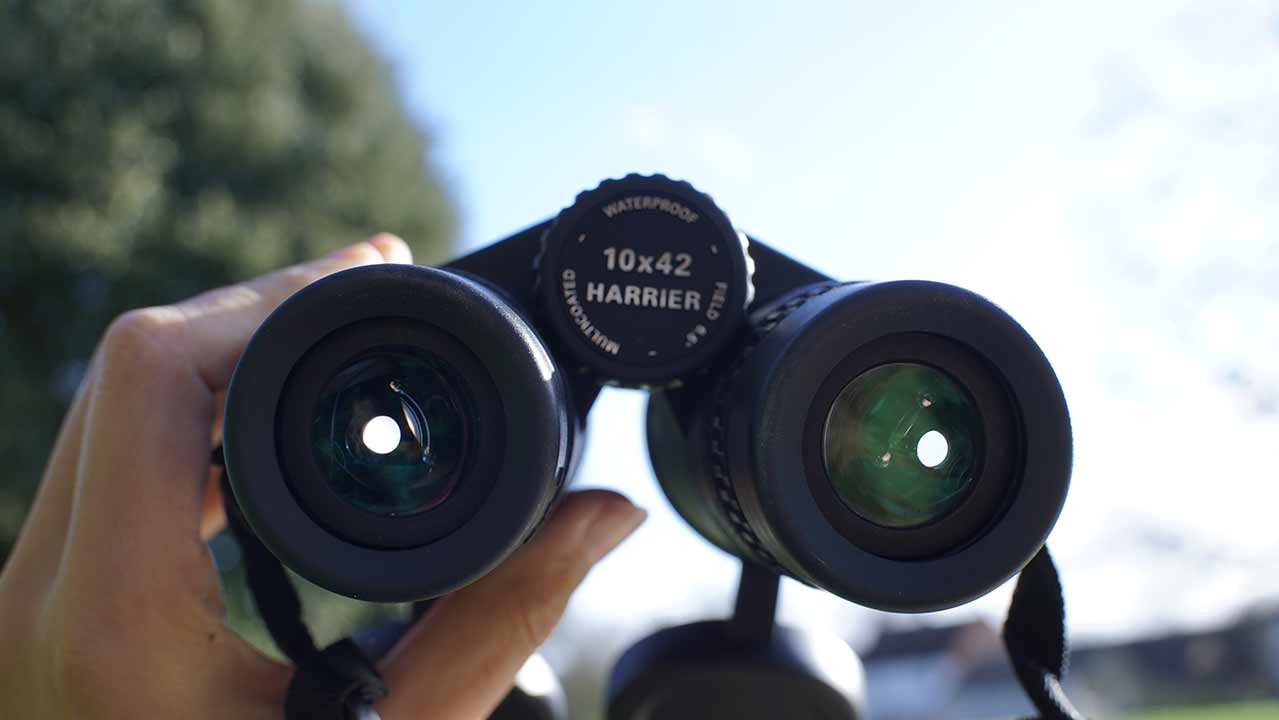
Free binocular demo events
Want to know which binocular or telescope is right for you? Come to our equipment demonstration events and get free expert advice, in a friendly and helpful atmosphere.
We hope this guide has been helpful. Here are some useful links to help you find some birdwatching binoculars!
